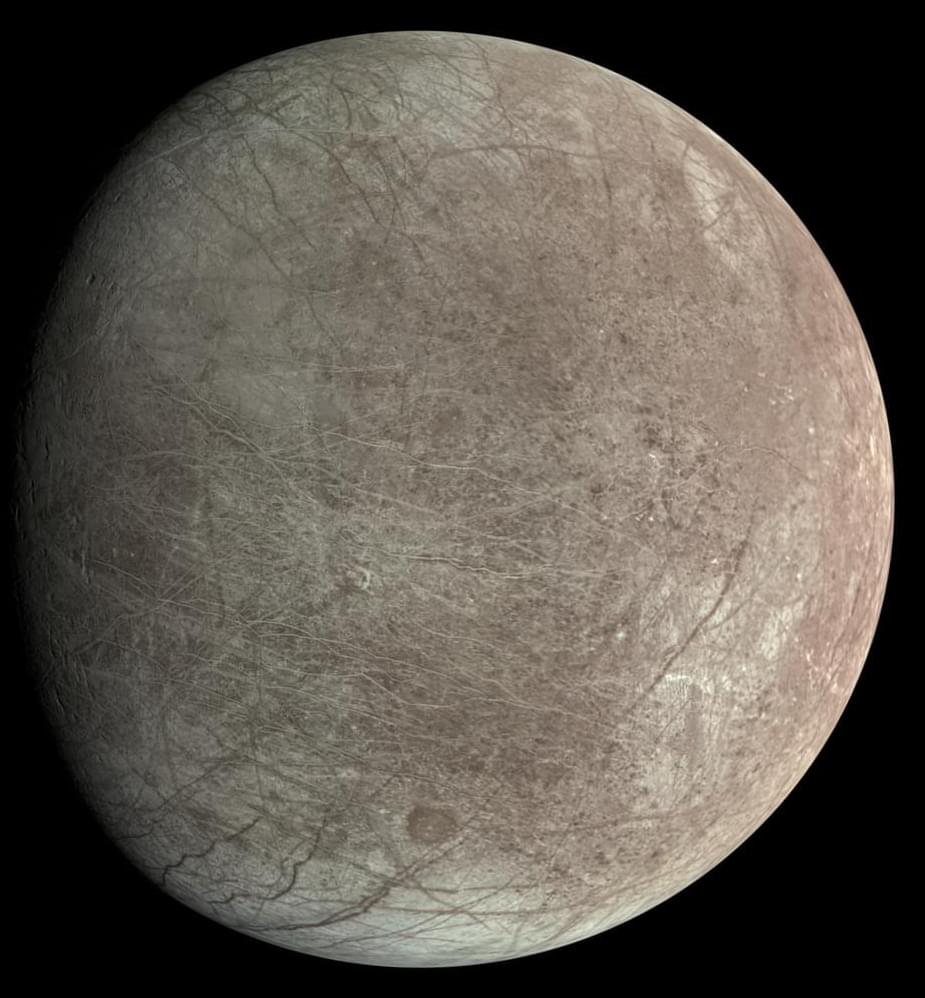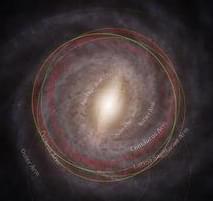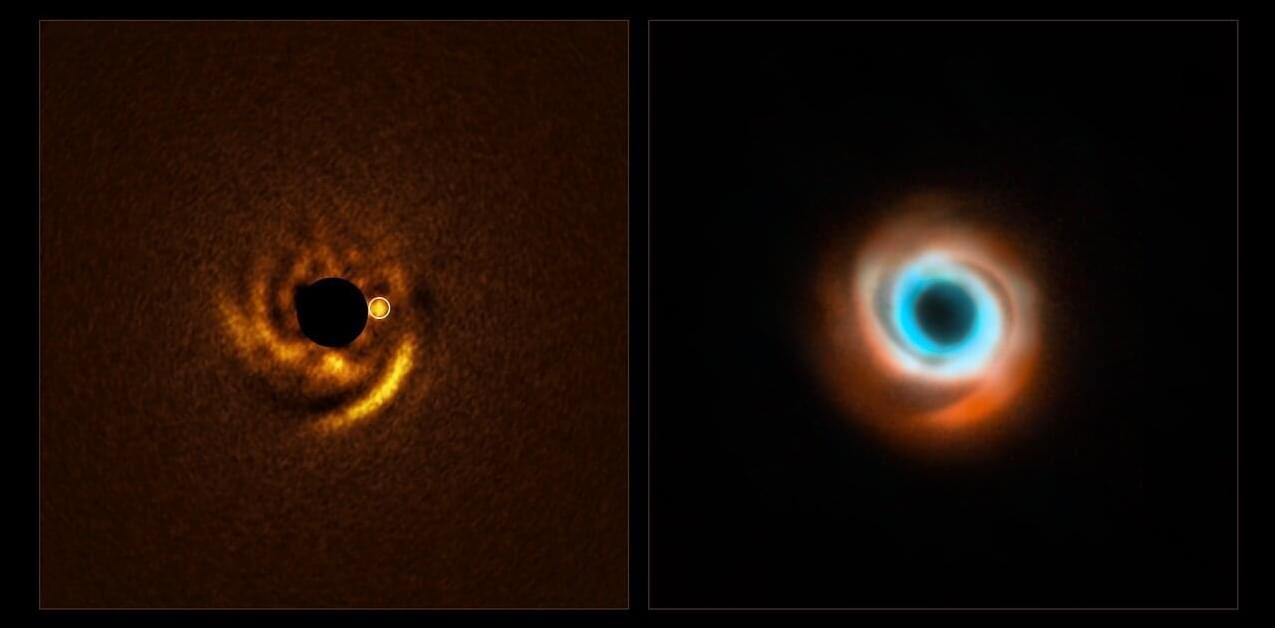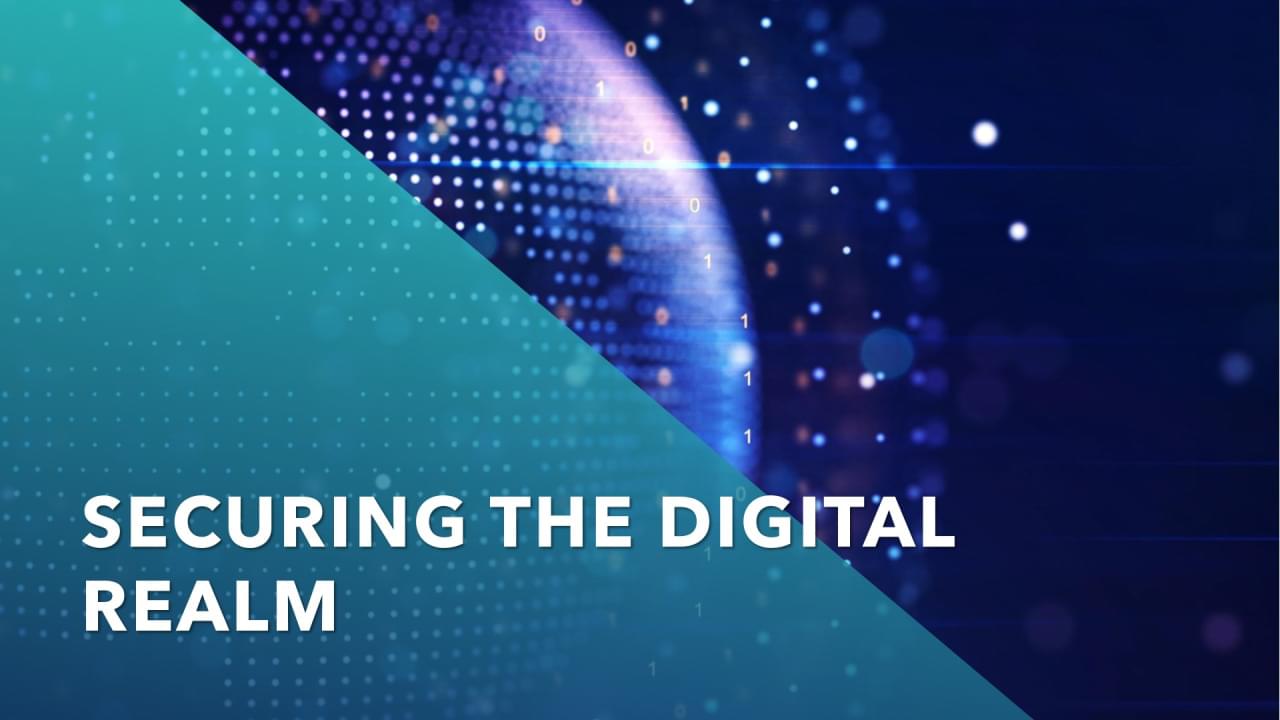What processes on Jupiter’s moon, Europa, could offer clues about the small moon potentially harboring life as we know it? This is what a recent stud | Space



Immune responses rely on the efficient movement of immune cells within the complex and geometrically unpredictable three-dimensional tissues that make up our bodies.
Research by the Sixt group at the Institute of Science and Technology Austria (ISTA) unveils how immune cells use their cytoskeleton to exert forces on their surrounding environment to push their way through tissues.
The findings were published in Nature Immunology.


Astronomers may have caught a still-forming planet in action, carving out an intricate pattern in the gas and dust that surrounds its young host star. Using ESO’s Very Large Telescope (VLT), they observed a planetary disk with prominent spiral arms, finding clear signs of a planet nestled in its inner regions. This is the first time astronomers have detected a planet candidate embedded inside a disk spiral.
“We will never witness the formation of Earth, but here, around a young star 440 light-years away, we may be watching a planet come into existence in real time,” says Francesco Maio, a doctoral researcher at the University of Florence, Italy, and lead author of this study, published in Astronomy & Astrophysics.
The potential planet-in-the-making was detected around the star HD 135344B, within a disk of gas and dust around it called a protoplanetary disk. The budding planet is estimated to be twice the size of Jupiter and as far from its host star as Neptune is from the sun. It has been observed shaping its surroundings within the protoplanetary disk as it grows into a fully formed planet.

In a cosmic first, scientists watched planet-forming materials begin to solidify around a newborn star, offering a peek into what our Solar System may have looked like at birth. It’s a stunning replay of planetary evolution, just 1300 light-years away.


Astronomers have spotted centimeter-sized “pebbles” swirling around two infant stars 450 light-years away, revealing the raw ingredients of planets already stretching to Neptune-like orbits. Using the UK’s eMERLIN radio array, the PEBBLeS project found these rocky seeds in unprecedented detail, bridging the elusive gap between dusty discs and fully-formed worlds. The discovery hints that systems even larger than our own could be commonplace and sets the stage for the upcoming Square Kilometre Array to map hundreds more planetary nurseries.
A fascinating glimpse into how a solar system like our own is born has been revealed with the detection of planet-forming ‘pebbles’ around two young stars.
These seeds to make new worlds are thought to gradually clump together over time, in much the same way Jupiter was first created 4.5 billion years ago, followed by Saturn, Uranus, Neptune, Mercury, Venus, Earth and Mars.
Karl Friston, Michael Levin, and Chris Field sit down for an epochal conversation on cognition and consciousness.
Sponsor: Brilliant: https://brilliant.org/TOE for 20% off.
Patreon: https://patreon.com/curtjaimungal.
Crypto: https://tinyurl.com/cryptoTOE
PayPal: https://tinyurl.com/paypalTOE
Twitter: https://twitter.com/TOEwithCurt.
Discord Invite: https://discord.com/invite/kBcnfNVwqs.
iTunes: https://podcasts.apple.com/ca/podcast/better-left-unsaid-wit…1521758802
Pandora: https://pdora.co/33b9lfP
Spotify: https://open.spotify.com/show/4gL14b92xAErofYQA7bU4e.
Subreddit r/TheoriesOfEverything: https://reddit.com/r/theoriesofeverything.
Merch: https://tinyurl.com/TOEmerch.
CORRECTION:
- Chris Fields emailed me the following: “I referred to Peter Strawson when I meant to refer to his son, Galen Strawson, who has done the work on panpsychism.”
LINKS MENTIONED:
- Curt’s AMA #:3 https://youtu.be/SX9q2D6b5bc.
- Karl Friston #2: https://youtu.be/SWtFU1Lit3M
- Karl Friston #1: https://youtu.be/2v7LBABwZKA
- Michael Levin: https://youtu.be/Z0TNfysTazc.
TIMESTAMPS:
00:00:00 Introduction.
00:03:20 Michael Levin answers: “What do you respect about Chris / Karl?“
00:04:45 Chris Fields answers: “What do you respect about Michael / Karl?“
00:05:45 Karl Friston answers: “What do you respect about Chris / Michael?“
00:07:46 Self organization / Autopoiesis / Why does life form?
00:12:11 How does cognition emerge from smaller parts?
00:14:18 Why do we see “things” independent from one another? Why in space / time?
00:18:40 Relationship between cognition and consciousness.
00:22:03 The Meta Hard Problem.
00:30:37 Why is complexity associated with “awareness”?
00:35:56 Is society one large brain, with each person acting as a neuron?
00:44:17 Duality between: Did you act on the world? Or did the world act on you?
00:51:32 Babbling, and becoming a “self“
01:11:22 “300 milliseconds” is a special unit of time for consciousness.
01:15:49 Quantum Babbling.
01:21:49 The difference between “randomness” and “quantum randomness“
01:30:03 The difference between “external” and “internal” are both real and illusory.
01:33:41 Studying consciousness / the self and the concomitant existential dread.
01:48:19 Michael Levin: “Something important goes all the way down“
01:51:12 Science starts with faith.

The generation of electricity from heat, also known as thermoelectric energy conversion, has proved to be advantageous for various real-world applications. For instance, it proved useful for the generation of energy during space expeditions and military missions in difficult environments, as well as for the recovery of waste heat produced from industrial plants, power stations or even vehicles.